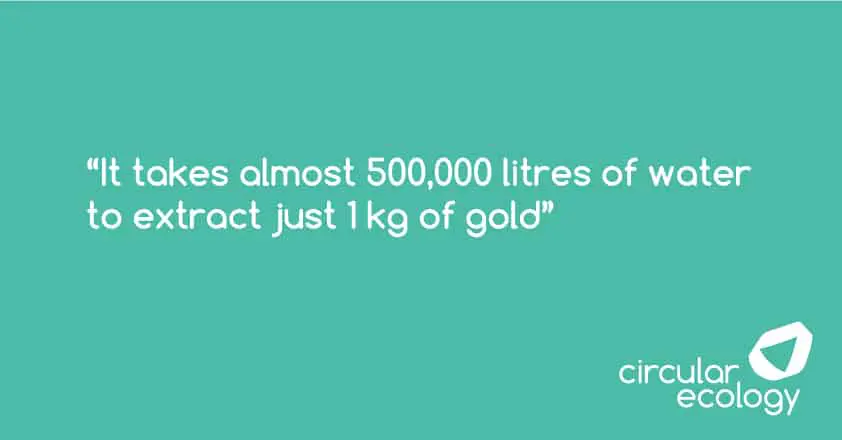The International Standards Organisation (ISO) has finally published the long awaited standard on water footprinting. This new standard, known as “ISO 14046:2014: Environmental management. Water footprint. Principles, requirements and guidelines” was originally due to be released in 2012.
Water footprinting is an environmental accounting technique, much like a carbon footprint, but to measure the amount of water consumed to make a product, provide a service or to complete an activity.
It is a useful tool to identify water related risks within a supply chain. The ISO 14046 standard provides the principles, requirements and guidelines for undertaking and reporting water footprint assessments. Water is steadily increasing in importance.
Water is already starting to rise up political and corporate agendas. Large corporations, Government bodies and the big management consultants are taking note of the importance of water and recognise the importance of measuring water throughout supply chains. Water related risks can also have a clear economic impact:
- The 2014 drought in California was estimated to cost between $2.2 and $5 billion to the economy and result in the loss of over 17,000 agricultural jobs
- The 2011 drought in Texas cost $5.2 billion dollars to their economy
- The Barcelona drought in 2007/8 cost the Catalan economy 1% of GDP
- The drought of 2003 cost the European economy over €8.2 billion
ISO 14046 Water Footprint – A useful tool to measure water related risks in your supply chain
Research from Ernst and Young in “Six growing trends in corporate sustainability”, found that “Interest in reporting on water is also on the rise, especially in water-intensive industries such as metals and mining, oil and gas, chemicals, agriculture, power and utilities, and food and beverage”.
Furthermore, McKinsey stated in “The global corporate water footprint” that “water issues are already seriously disrupting manufacturing supply chains, and operational risks will rise…”. They identified 3 core areas to manage water risks, the first being “They must first understand their exposure across geographies and along value (supply) chains and product portfolios”. They also found that the water consumption in the supply chain was up to 90% of the total water footprint of industrial users. This draws well with parallels in carbon footprinting.
The Carbon Disclosure and Deloitte, in “CDP Water Disclosure Global Report 2011”, found that “Water-related risk is especially apparent when considering that 38% of responding companies have experienced water-related business impacts within the last five years. A relatively high percentage of respondents experienced these impacts in the Materials (68%), Utilities (53%) and Energy (48%) sectors.”
Finally, The Royal Academy of Engineering, in “Global Water security – An engineering perspective” made a number of recommendations into ways that industry should act, the third recommendations was that:
“UK industry must show leadership on global water security. Through their global reach, businesses must examine their supply chains and production processes to assess and reduce their water footprint. This should be a core component of their corporate and social responsibility strategies.” – The Royal Academy of Engineering
ISO 14046 Water Footprint Standard
So the issue of water is clearly rising and it’s therefore time to take action. Water footprinting is a useful tool that can help organisations and governments to measure, manage and monitor water related risks throughout their global supply chains. This new ISO 14046 standard brings with it a robust framework to achieve this.
What do you think? Will ISO 14046 help? Is water a key issue, is it the next carbon or is it simply something else? Please share your thoughts.
If you like this post please consider sharing it on social media using the buttons below, signing up to our Newsletter to receive future blogs by email, or follow us on Twitter or LinkedIn.



